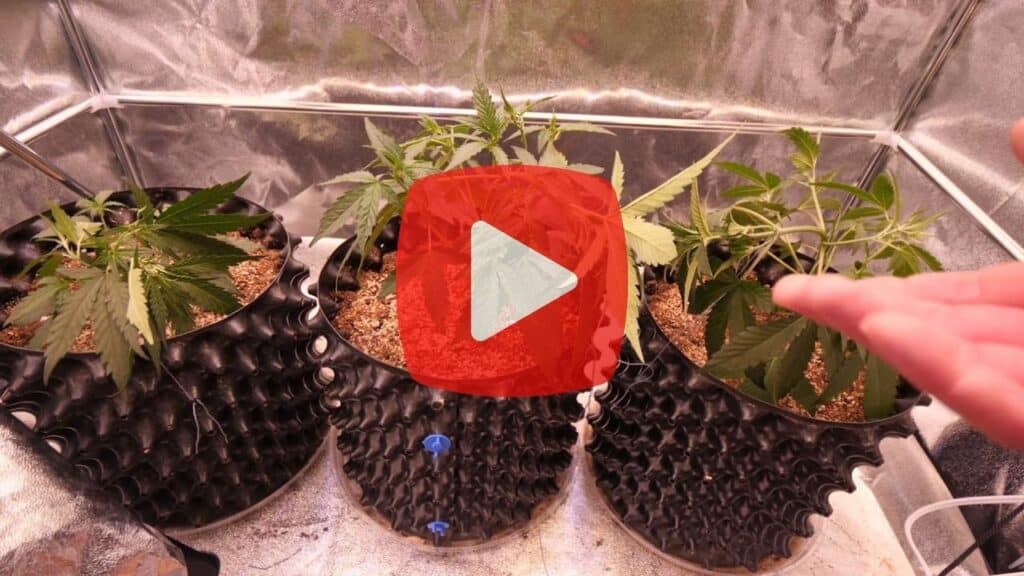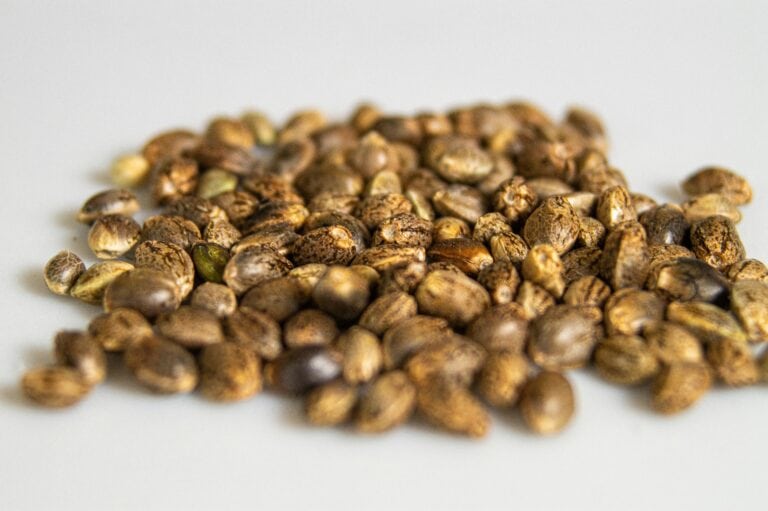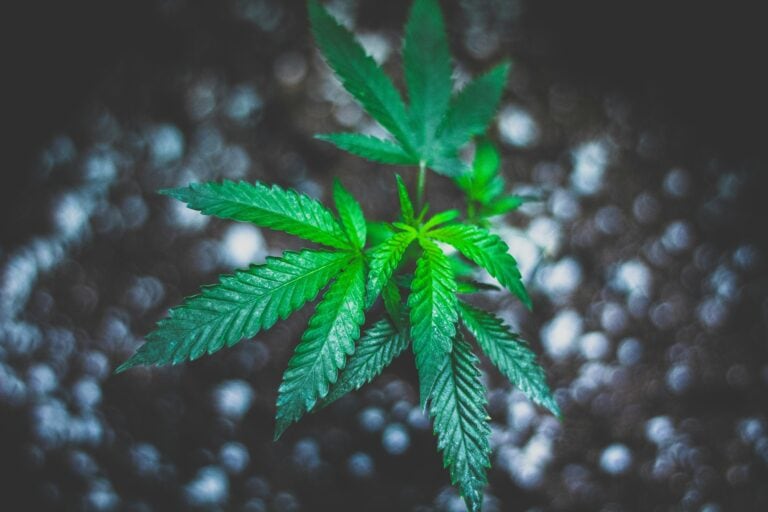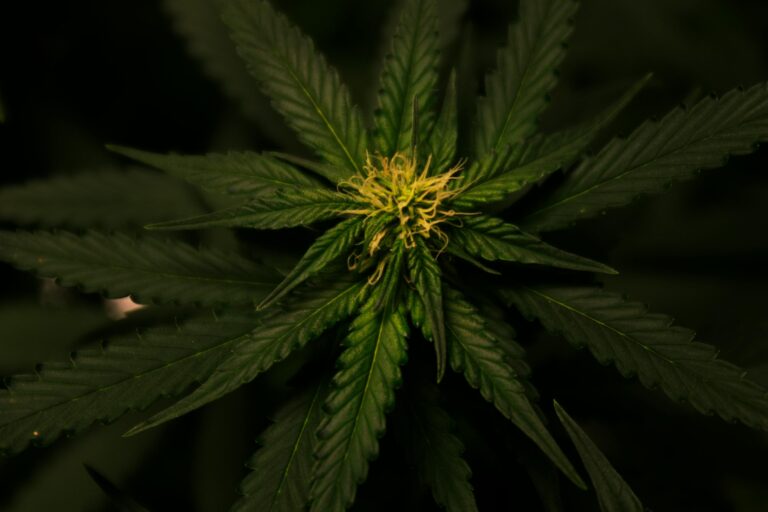How Tall Do Autoflowers Get? A First-Time Grower’s Guide
When I first decided I wanted to try growing my own medicine, my imagination ran wild. I pictured this giant, leafy cannabis plant straight out of a magazine, triumphantly taking over a corner of my room. But as I started digging into the research for my very first grow, I kept bumping into the term “autoflower.” The more I read, the more confused I got. Some people on forums showed off these tiny, compact plants that barely came up to their knees. Others posted pictures of autoflowering cannabis plants that looked like absolute monsters.
So, what’s the real story? As a fellow beginner standing at the starting line, I felt a little overwhelmed. The last thing I want is to buy seeds and a bunch of gear only to find out the plant won’t fit in my small space or, conversely, that it’s going to be disappointingly small.
This article is my research log. I’ve compiled everything I’ve learned as a fellow novice to answer the question, “How tall do autoflowers get?” We’ll figure this out together before we even plant our first seed.
First Things First: What Makes Autoflowers Unique?
The “Life on Autopilot” Gene
Before we talk height, we have to touch on what makes an autoflower an autoflower. My “Aha!” moment came when I realized their big secret: they don’t care about the light cycle. Most cannabis plants (called photoperiods) need a change in light—long nights—to signal them to start producing bud. I honestly thought you had to get this timing perfect for all cannabis.
Turns out, autoflowers have a built-in genetic clock, thanks to a hardy subspecies of cannabis called Ruderalis. They will automatically switch from growing leaves to growing flowers based on their age. For a first-time grower like me, that sounds like a massive weight off my shoulders. No need to stress about perfectly timing the light schedule for my auto.
How Their Lifespan Affects Plant Size
This “life on autopilot” feature is directly connected to autoflower size. Because these plants have a set lifespan—often just 8 to 12 weeks from seed to harvest—they are on a tight schedule. They simply don’t have the months and months of vegetative growth time that some photoperiod plants use to get huge. Their internal clock is ticking from the moment they sprout. This is why autoflowers are generally smaller and are often the go-to option for people with limited space.
So, How Tall Can Autoflowers Get, Really?
The Average Height of an Autoflower (The Short Answer)
Let’s get right to it. Based on all my research, the simple answer is that the average height of an autoflower is between 1 to 3 feet tall (about 30-100cm). If you’re planning out your grow tent or closet space, this is a safe range to have in mind for the average auto. But—and this is a big but—”average” is just the beginning of the story.
So, Just How Tall (or Small) Can They Get?
The potential autoflower height can vary wildly. Some growers cultivate “dwarf” or “lowryder” autoflowers that finish at just 12 inches tall, making them perfect for super-small, stealthy grows. On the other end of the spectrum, you have what growers call “Super Autos” or certain Sativa-dominant autoflowers. These strains can get much taller, sometimes pushing 5 feet (150cm) or even more, especially when autoflowers get outdoors with tons of sunlight and root space.
Key Takeaway
- Average Height: 1-3 feet (30-100cm) is the most common range.
- Full Range: Can be anywhere from under 1 foot to over 5 feet tall.
- Biggest Factor: The specific cannabis strain genetics you choose is the #1 predictor of final height.
Factors Determining the Final Height of an Autoflower
It Starts with the Seed: Cannabis Genetics
The most important lesson I’ve learned so far is this: genetics are the blueprint. Before you buy anything else, the autoflower seeds you choose will give you the best clue about your plant’s potential height. It’s like buying a puppy; you wouldn’t expect a Chihuahua to grow as big as a Great Dane. An Indica-dominant autoflower is bred to be short and bushy, while a Sativa-dominant autoflower has genetics that can make it grow taller and more open in structure. Reputable breeders will almost always provide an estimated height of an autoflower in the strain description. Strains like the famous Gorilla Glue Auto often have published height estimates. That is your single best piece of information.
Does Pot Size Really Affect How Tall Autoflowers Grow?

Yes, massively. This was a mistake I almost made. I have a bunch of small pots from houseplants and figured I’d just use one of those. A quick search on YouTube saved me. I learned that autoflowers have a short life and develop their taproot quickly. If that root hits the bottom of a small pot, the plant gets a signal that it has run out of space and will stunt its own growth.
A bigger pot allows for a bigger root system, which in turn supports a bigger, taller plant. The consensus I’ve found is that a 3-gallon pot or a 5-gallon pot is a safe bet for getting a decent-sized autoflower plant without going overboard. Using a smaller pot is one of the easiest ways to end up with a tiny auto.
Your Grow Environment: Indoors vs. Outdoors
Where you plan to grow autos also plays a huge role. The difference between how tall autoflowers get indoors versus outdoors can be significant.
- Indoor Grow: You have total control, which is great for a beginner. However, your maximum height is physically limited by your grow tent or grow room ceiling. The light intensity from your grow light also plays a major part in determining the final height.
- Outdoor Grow: With the unlimited vertical space and the power of the sun, outdoor autoflowers have the potential to grow taller outdoors than their indoor counterparts. They can stretch out and reach their full genetic potential, but this comes at the cost of dealing with weather, pests, and prying eyes.
Tips for Managing Your Autoflower Height
Let There Be Light (But Not Too Far Away)
From what I’ve gathered, the light source is another key piece of the puzzle. If your grow light is too far away, the seedling will stretch towards it, trying to get closer. This creates a tall, lanky, and weak plant. You get height, but not the good kind. A powerful, properly distanced light source gives the cannabis plant all the energy it needs without having to stretch for it. This encourages it to stay more compact and put its energy into developing strong branches and, eventually, a healthy bud yield.
To Train or Not to Train? The Beginner’s Dilemma

As I was falling down the research rabbit hole, I kept seeing people talk about “training” their plants. It sounds intimidating, but the basic idea is to gently manipulate the plant’s shape to control its height and get better light to more bud sites. The most common method for autoflowers is Low-Stress Training (LST), which involves gently bending and tying down branches.
I’ve read that high-stress techniques are a bad idea for an auto because their short lifespan gives them very little time to recover. I’m definitely nervous about it, but I plan to try some gentle LST on my first grow. I’ll be documenting the whole thing so we can see how it goes together!
Frequently Asked Questions from a First-Time Grower
Why is my autoflower growing so tall (or staying so small)?
A quick summary: If your autoflower is an unexpected size, my research points to three main culprits. First, check your cannabis genetics of the strain you bought. Second, look at your pot size—is it too small? Third, check your grow light—is it too far away, causing the plant to stretch?
Do taller autoflowers always mean bigger yields?
Not necessarily. A dense, healthy 2-foot tall plant that has been well-cared-for can easily produce more than a lanky, stretched-out 4-foot plant. The goal is healthy, efficient growth, not just vertical height.
What does a 4-week-old autoflower look like?
At 4 weeks old, most autoflowers are in their vegetative stage, focusing on growing leaves and branches. They typically haven’t started their main flowering stage stretch yet, so they are still relatively compact. You might see the first signs of the plant starting to flower, like pistils, around this time or in the coming week.
What is the best light cycle for autoflowers?
Since autoflowers thrive on their own schedule and don’t rely on changes in light cycles, you can give them lots of light. The most common light cycle recommended for them is 18 hours of light on and 6 hours of light off per day, from seedling all the way to harvest.
At the end of the day, my first cannabis plant might end up being a runt that fits on my desk, or it might be a monster that I have to fight for space with. The reality is, its final height is a result of the choices I’m making right now: the autoflower seeds I pick, the size of pot I buy, and the light I prepare.
The goal isn’t perfection on the first try. The goal is to learn, to grow our own medicine, and to get a little better with each attempt. Let’s keep growing together.






